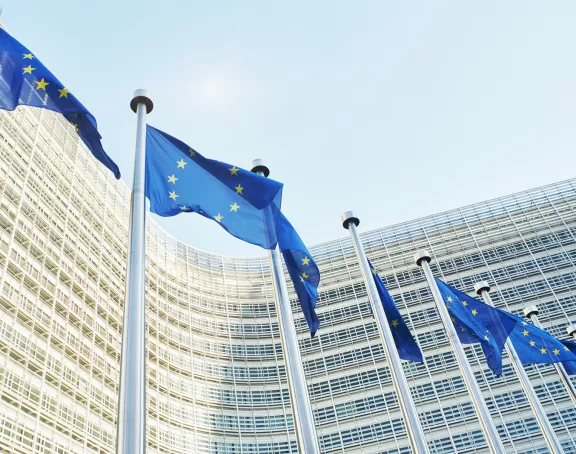EFTA Court offers guidance for assessing national limitation periods for follow-on damages claims
On 17 September 2018, the Court of Justice of the European Free Trade Association (EFTA Court) ruled that national limitation periods should not make damages claims impossible or excessively difficult.
The judgment was delivered in the context of a Norwegian damages claim following an infringement decision issued by the EFTA Surveillance Authority (ESA) for a breach of articles 53 and 54 EEA (equivalents of articles 101 and 102 TFEU). Under Norwegian law at the time, competition law damages claims were time-barred three years after the date when the injured party obtained or should have procured necessary knowledge about the damage and responsible party. In these proceedings, the defendant argued that the damages claim was time-barred, in light of the fact that the claimant itself had filed the initial complaint with the competent competition authority seven years before. The national court referred several questions to the EFTA Court, asking, among other things, whether a limitation period of three years for bringing follow-on damages claims combined with a duty of investigation that could result in the term expiring before an infringement decision is taken by the competent authority, is compatible with the principle of effective application of EEA law.
First, the EFTA Court held that national limitation periods should not make it impossible or excessively difficult to bring follow-on damages claims for infringements of EEA competition rules. It then found that a period of three years combined with a duty of investigation on the part of the injured party does not, in principle, render the exercise of procedural rights impossible or excessively difficult, even if the term may expire before the ESA has reached a decision. The EFTA Court concluded that it is up to the national court to make the actual assessment. In that regard, the national court must consider: (i) the special characteristics of competition cases (e.g. large and complex cases), (ii) the aim of effective enforcement, (iii) the degree of information and evidence available to an injured party (including the potentially privileged position of parties submitting complaints to competition authorities) and (iv) the possibilities for suspension or interruption of the term under the relevant national law.
This judgment will help to guide national courts in the assessment of national limitation periods in cases where the Damages Directive (Directive 2014/104/EU), including its provisions concerning limitation periods, is not applicable, for instance in EEA countries (Iceland, Norway and Liechtenstein), or in cases that are outside the temporal scope of the Damages Directive.
This article was published in the Competition Law Newsletter of October 2018. Other articles in this newsletter:
1. Court of Justice refers case against Infineon in relation to smart card chips cartel back to the General Court
2. Dutch Trade and Industry Appeals Tribunal annuls mail market analysis decision
3. UK Court upholds fine against Ping for online sales ban

